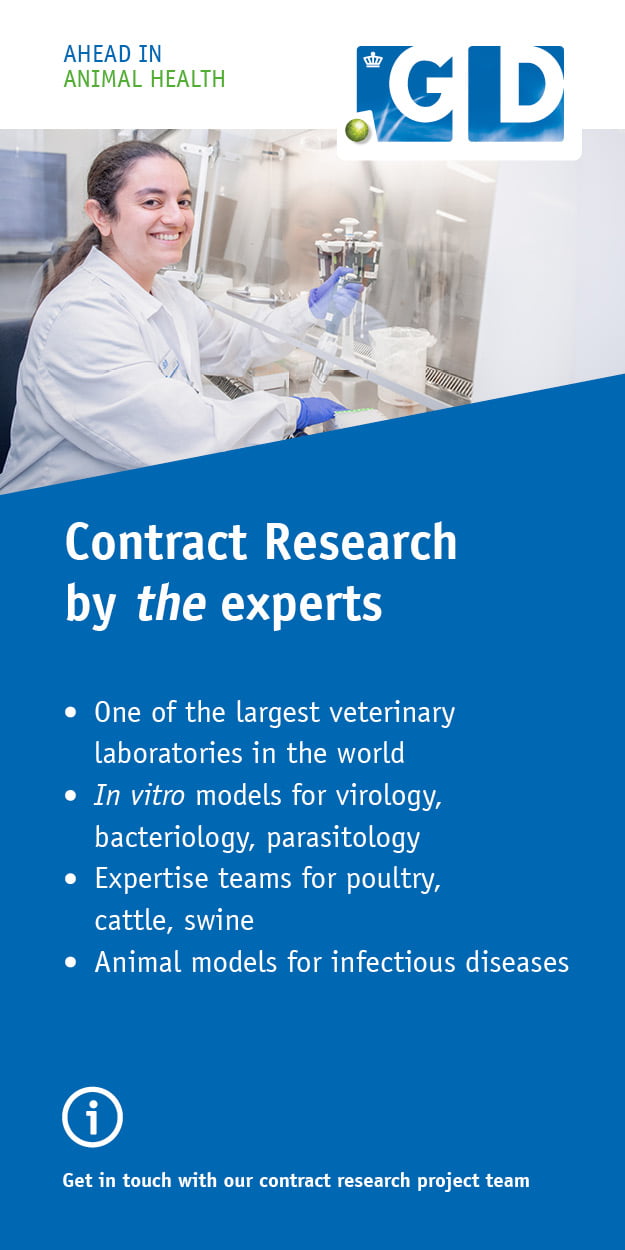In recent years, there has been a significant surge in pet ownership, which has catalysed transformative changes in the world of veterinary medicine and animal welfare. Approximately 66% of U.S. households, equivalent to 86.9 million homes, are pet owners, according to the American Pet Products Association. As a result, the care and well-being of companion animals have taken center stage, commanding more attention and resources than ever before.
Regulatory initiatives have played a pivotal role in fostering the growth of the companion animal healthcare market, which will surpass USD 203 billion by 2032, as per a report from Global Market Insights Inc. In recent years, various institutions have made significant strides in reforming the legal use of medically important antibiotics in food-producing animals’ feed or water. In January 2023, the FDA revised new animal drug regulations to enact the veterinary feed directive (VFD) drugs section of the Animal Drug Availability Act of 1996 (ADAA). This was intended to regulate the use of antibiotics in animal feed, curbing the rise of antibiotic-resistant pathogens that affect both animals and humans.
Emergence of Telemedicine as a Key Trend
Telemedicine is revolutionising companion animal healthcare, offering a lifeline to pet owners and veterinarians alike. In 2020, doctors’ telehealth usage reached 85%, as reported by the American Medical Association. This innovative approach to veterinary care has transformed how pets are monitored, diagnosed, and treated. The impact of telemedicine is far[1]reaching, providing several key benefits in the realm of companion animal health.
For instance, the adoption of telemedicine for pets and regulatory changes surrounding it have made veterinary consultations more accessible and convenient. Pet owners can now consult with veterinarians from the comfort of their homes, eliminating the need for stressful and time-consuming trips to the clinic. This convenience is particularly beneficial for those residing in remote areas or individuals with limited mobility, ensuring that no pet’s health is compromised due to geographical constraints.
To that end, In June 2023, Cargill, a commodity giant, introduced its foray into India’s pet care industry with the digital venture, Zoonivet, a telehealth app designed to remotely connect pet owners with qualified veterinarians through video calls, offering convenient primary healthcare for pets across India.
3 Major Collaborative Initiatives Fueling Progress in Pet Healthcare
Collaborations and partnerships are playing a pivotal role in propelling growth within the companion animal healthcare market. They serve as catalysts for innovation, expansion, and the overall advancement of this industry. Enlisted below are 3 key collaborative efforts driving growth in the companion animal healthcare industry:
• Research and Development Advancements Collaborations between pharmaceutical companies, academic institutions, and veterinary research organisations are fostering breakthroughs in drugs, vaccines, and treatment protocols for companion animals. By pooling expertise and resources, these partnerships expedite the development of novel therapies and diagnostics. In February 2022, PetMedix and Zoetis joined forces to create innovative species-specific monoclonal antibody therapeutics for companion animals. As part of the collaboration, PetMedix would lead the discovery efforts on various essential targets using its transgenic platforms, while Zoetis would hold the exclusive option to develop and introduce these therapies to address unmet clinical needs in the pet healthcare sector.












